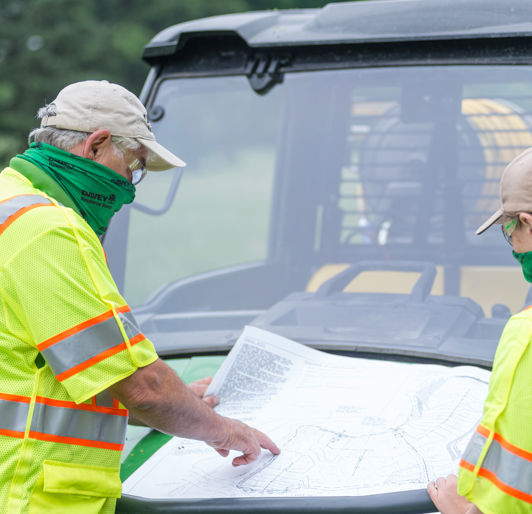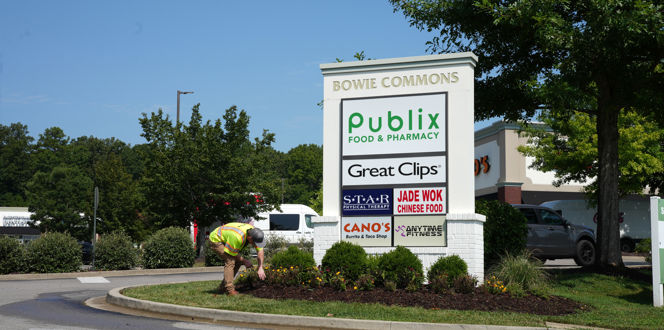Proposed projects that could impact or affect coastal waters may be subject to regulation under the Coastal Area Management Act (CAMA). Types of projects that often require federal or state permit authorizations include marinas, private piers, bulkheads, boat ramps, dredging, and beach renourishment. CAMA Permit applications are reviewed by a host of state and federal agencies.
Davey Resource Group, Inc. works with our clients from the outset of project planning to avoid and minimize a project's environmental impacts and to formulate mitigative measures acceptable to review agencies. As part of the permitting process, our staff assembles information on area resources, various habitats, and project alternatives to assist clients in achieving their goals within the scope of regulatory limitations.
In addition, we work closely with other members of project development teams that can include land planners, engineers, and surveyors. Certain proposed projects can also require the preparation of Environmental Assessments or Environmental Impact Statements as required SEPA and NEPA documentation. These documents detail potential impacts to a wide range of environmental concerns including 404 and coastal wetlands, water quality, fisheries, cultural resources, endangered species, and many others. DRG routinely prepares these environmental documents incorporating a wide range of investigations necessary to evaluate the significance of any project impacts to the various facets of the environment.
In association with our Ecological Restoration Team, DRG provides planning and natural design solutions for increased coastal resiliency and flood attenuation through stream restoration, wetland and floodplain restoration, living shorelines, and beach and dune renourishment. Our team routinely works with communities and landowners in evaluating existing conditions and flood risks and subsequently developing effective and ecological-sustainable strategies for achieving coastal risk reduction.












